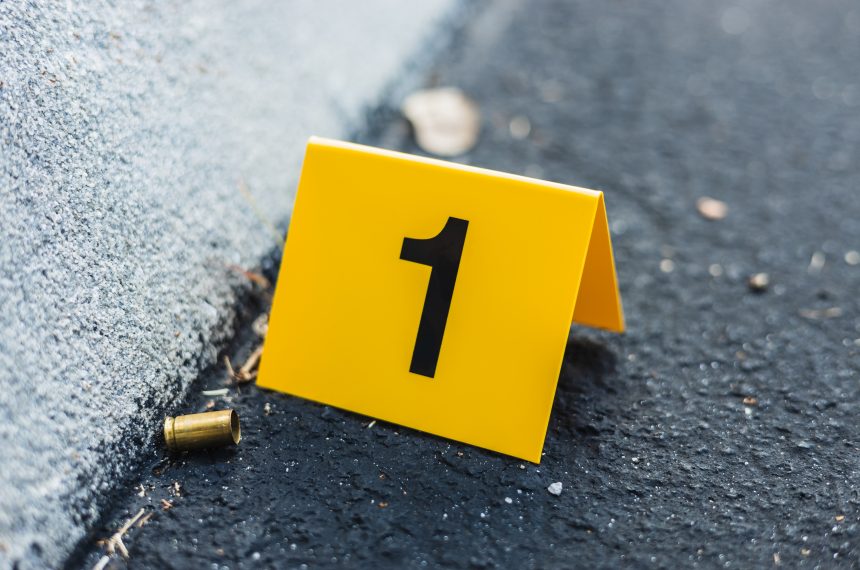Happy To Discuss About Your Requirement? Get a Quote

In personal injury cases, evidence is crucial in determining the outcome of a claim. Types of evidence, such as physical proof and expert testimony, significantly impact the case. Gathering and presenting evidence involves challenges related to admissibility and credibility. Understanding the importance of evidence, the types used, and the challenges in collecting it is essential for both plaintiffs and defendants. This article explores why evidence is vital, the types of evidence used, how it is gathered, and potential challenges.
Evidence is crucial in personal injury cases to establish the facts, demonstrate the plaintiff’s injuries, and support compensation claims. Lawyers must gather substantial evidence to prove the defendant’s liability. Various forms of evidence, such as witness testimonies, medical records, and expert opinions, play pivotal roles. Witness testimonies offer firsthand accounts, medical records provide concrete proof of injuries, and expert opinions from specialists or accident reconstruction experts offer insights into the cause and long-term implications of the injury.
Physical Evidence: Physical evidence, such as debris from the accident scene and visible injuries, provides tangible proof of the incident and its impact. Commonly collected items include tire marks, bloodstains, clothing fibers, and broken glass. Proper documentation and handling procedures, such as photographing the scene and using evidence bags, help preserve this evidence. Physical evidence aids in determining fault, liability, and the severity of injuries, which is crucial for reconstructing the accident.
Documentary Evidence: Documentary evidence, including medical records and other documentation, provides written proof of the injuries sustained and the treatment received. This evidence plays a crucial role in establishing the extent of harm caused to the victim. Documents such as medical reports and expense receipts support the plaintiff’s claims in court. Collecting accurate and complete records from healthcare providers and other sources is essential for building a solid case.
Testimonial Evidence: Testimonial evidence, which includes witness statements and expert testimony, offers verbal accounts that clarify accident details and the extent of injuries. Witness statements provide firsthand accounts of the incident, helping to reconstruct the scene and timeline. Expert testimonies bring specialized knowledge to interpret complex aspects, such as vehicle dynamics or medical diagnoses. These verbal accounts complement physical evidence, providing context and explanations to strengthen the case.
Demonstrative Evidence: Demonstrative evidence, such as accident reconstruction, photographs, and videos, visually represents aspects of the case to support claims. Accident reconstructions offer detailed recreations of events, while pictures and videos capture the scene in real time. This visual evidence helps lawyers present a straightforward narrative to the jury, making the sequence of events and the accident’s impact more relatable and understandable, strengthening the case.
Medical Records: Medical records are essential documentation that provides proof of the injuries sustained and treatments administered following the accident. These records, obtained from healthcare facilities through formal requests, include diagnostic reports, treatment plans, medication history, and progress notes. They play a crucial role in establishing the extent and nature of the injuries, the required medical interventions, the impact on daily life, and the prognosis for recovery.
Accident Reports: Accident reports are official documents providing an objective account of the incident, aiding in establishing liability and supporting the plaintiff’s claims. Generated by law enforcement officers at the scene, they include details such as the date, time, location, vehicle descriptions, witness statements, and any citations issued. These reports are vital for determining fault, corroborating testimonies, and ensuring justice, serving as key evidence in piecing together the sequence of events.
Expert Witnesses: Expert witnesses offer specialized knowledge and testimony to support the case and clarify complex issues. Commonly utilized experts in personal injury cases include medical professionals, accident reconstruction specialists, vocational rehabilitation experts, and economists. Their testimony undoubtedly provides technical information, educating the court and jury about the intricacies of the case, thereby strengthening the plaintiff’s arguments and overall position.
Using evidence in personal injury cases presents several challenges, including issues of admissibility, credibility, conflicting evidence, and the burden of proof. Admissibility determines if the evidence is legally acceptable, requiring it to be relevant, reliable, and obtained legally. Credibility, crucial for convincing the court, hinges on the reliability and trustworthiness of witness statements and expert testimony, assessed through factors like demeanor and consistency. Conflicting evidence complicates the case by presenting differing accounts, necessitating thorough investigation and cross-examination to reconcile discrepancies. The burden of proof rests on the plaintiff, who must provide sufficient evidence to establish the defendant’s liability by demonstrating that it is more likely than not that the defendant is responsible for the alleged wrongdoing.
In conclusion, evidence is crucial in personal injury cases for establishing liability, proving injuries, and securing fair compensation. Thorough evidence collection, including medical records, accident reports, witness statements, and expert testimonies, forms the backbone of a successful case. Proper documentation and effective presentation of this evidence can significantly influence the case’s outcome, highlighting key facts and damages. By meticulously organizing and presenting evidence, attorneys can maximize the chances of a favorable outcome for their clients.
© 2025, Alpha Law Group